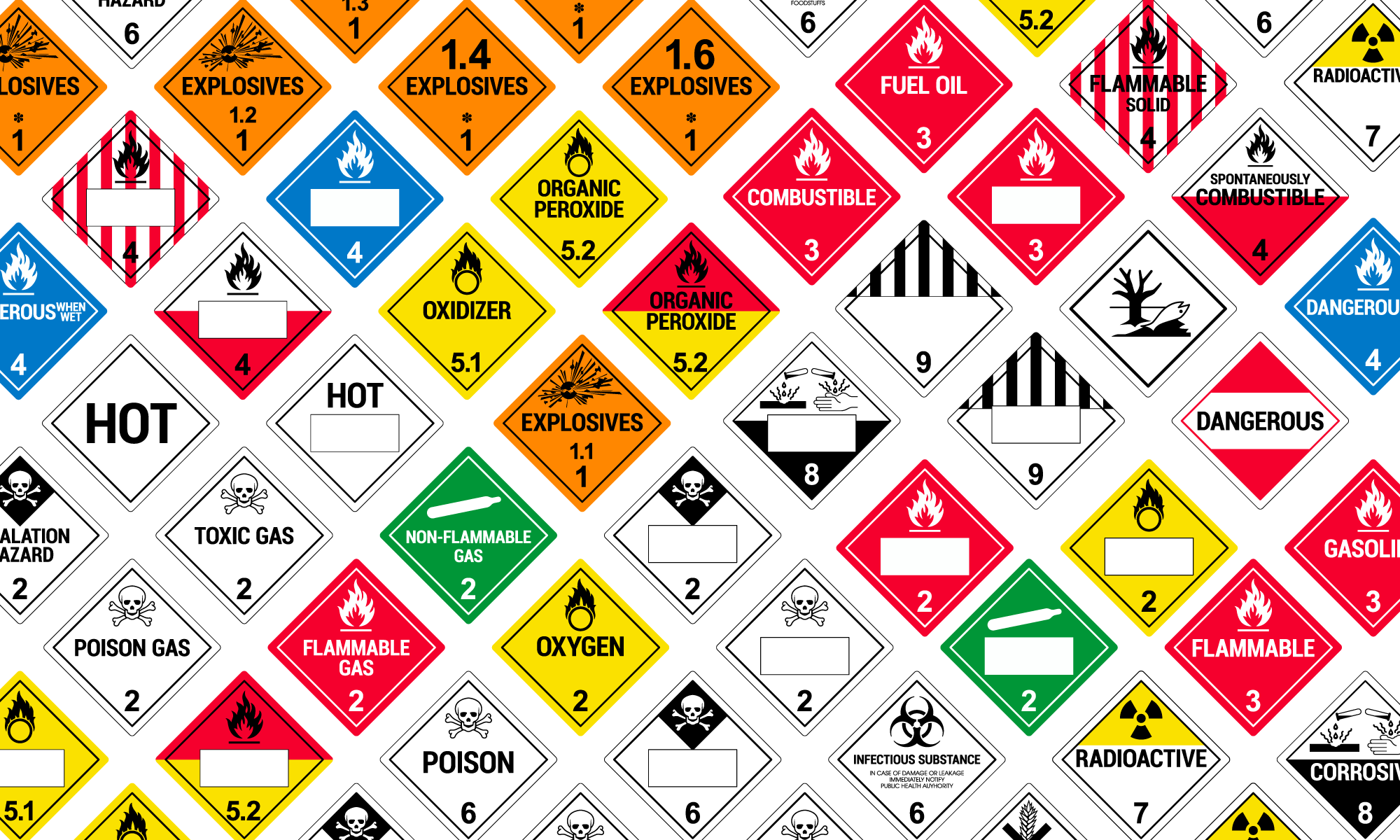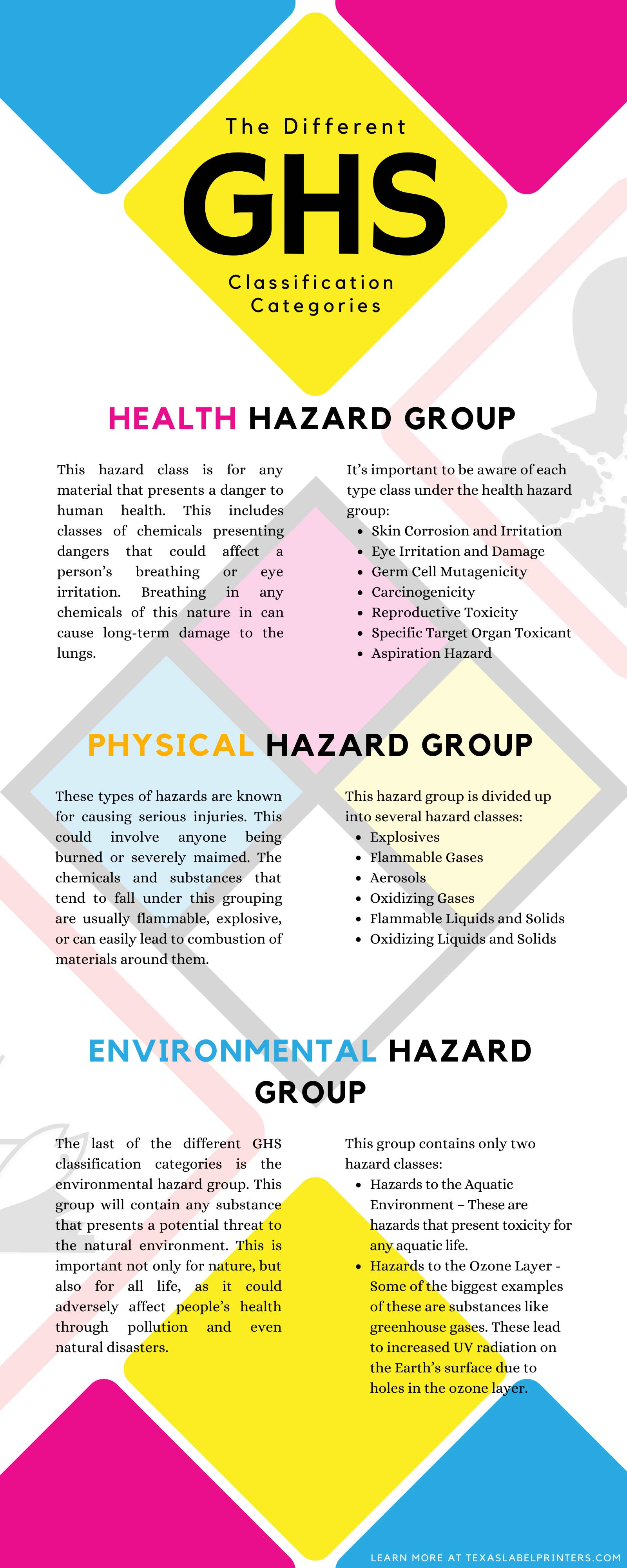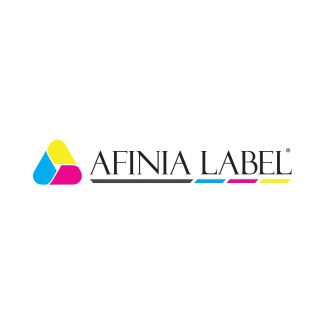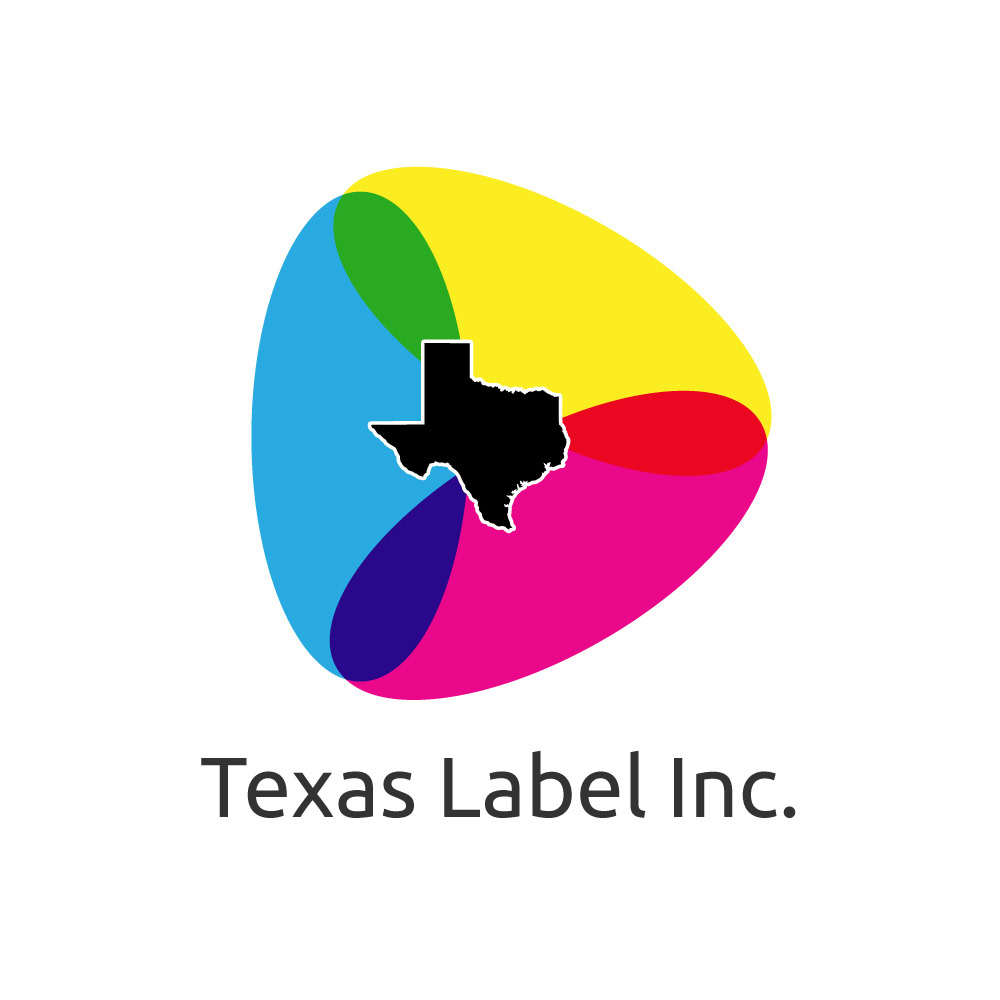
Mandated by the Globally Harmonized System (GHS) of SDS and Label authoring, any chemical manufacturer, importer, and distributor is required to label their products according to GHS Hazard Classification. Understanding each category is vital in the safe and correct labeling of these hazardous products. Learn about the different GHS classification categories by reading below.
Health Hazard Group
This hazard class is for any material that presents a danger to human health. This includes classes of chemicals presenting dangers that could affect a person’s breathing or eye irritation. Chemicals that are health hazards can be extremely bad for anyone suffering from allergies and asthma. Breathing in any chemicals of this nature in can cause long-term damage to the lungs. Some of the most severe cases result in cancer. It’s important to be aware of each type class under the health hazard group and how they can affect you.
- Acute Toxicity – For acute toxicity, there are five categories. Each category number represents a different severity of toxicity, with category one being the most. There are also different types including oral, dermal, gases, vapors, dusts, and mists.
- Skin Corrosion and Irritation – Under the GHS, there are three categories for skin corrosion and irritation. Category three is mild irritants. Category two covers those classified as irritants. Category one is corrosive, which is the most hazardous.
- Eye Irritation and Damage – Also under this class, there are three hazard categories. The mildest is Category 2B, which is classified as a mild irritant. Category 2A is classified as an irritant. Category 1 is the most severe, as this means serious eye damage has been caused, and it is most likely irreversible.
- Germ Cell Mutagenicity – This refers to a chemical that can cause mutations in the human germ cell which can be transmitted through pregnancy.
- Carcinogenicity – This applies to chemicals that can cause cancer or increase the likelihood. These substances can also cause benign as well as malignant tumors.
- Reproductive Toxicity – Reproductive toxicity refers to chemical properties that cause damaging affects on the human reproductive system. This includes sexual function and fertility, which can affect both females and males.
- Specific Target Organ Toxicant – These chemicals can lead to damage of specific organs or impair their function. Varying levels of this exposure will could make certain organ damage less reversable than others.
- Aspiration Hazard – This class includes chemicals and substances that could be absorbed through breathing into your airways. These could cause affects including chemical pneumonia, pulmonary injury, or death.
Physical Hazard Group
These types of hazards are known for causing serious injuries. This could involve anyone being burned or severely maimed. The chemicals and substances that tend to fall under this grouping are usually flammable, explosive, or can easily lead to combustion of materials around them. This hazard group is divided up into several hazard classes:
- Explosives – These substances can be solid or liquid-based. They can also be a mixture of substances. They are generally capable of causing an explosion through chemical reaction of producing gas at a certain temperature and pressure. There are three classes, including high explosives, low explosives, and blasting agents.
- Flammable Gases – These are gases that are easily explosive when they are exposed to the air or oxygen in specific proportions. Some examples of these are propane, hydrogen, butane, methane, and ethylene.
- Aerosols – These are compressed gases, either liquified or dissolved under pressure. Aerosols contain flammable components that make them physical hazards in the presence of any fire. Combustion of aerosols could result in severe burns, maiming, or death.
- Oxidizing Gases – Oxidizing gases are ones that contain any oxygen that is higher than atmospheric concentrations. You will find these stored in cylinders. These could combust, burst, and leak substances into the air that are dangerous to breathe.
- Flammable Liquids and Solids – For liquids, they must have a flashpoint higher than 199.4 degrees Fahrenheit to fall under this class. Solids are categorized if they are readily combustible and could contribute to fire through friction.
- Self-reactive Substances and mixtures – These are thermally unstable substances. They are generally likely to experience a decomposition process that could trigger an explosion if not properly cared for.
- Pyrophoric Liquids and Solids – Pyrophoric liquids and solids are unique because in small quantities, they are liable to ignite if they have been exposed to air or oxygen for more than five minutes.
- Self-heating Substances and Mixtures – Separate from any substances that are pyrophoric, these have a tendency to self-heat from being exposed to air. They need no energy supply, but they will only ignite in large amounts.
- Oxidizing Liquids and Solids – Any of these liquids or solids readily give off oxygen and other oxidizing substances. They can include materials that have a chemical reaction with oxidizing combustible material which could trigger a fire or explosion.
- Organic Peroxides – These are any organic compounds containing what’s known as the peroxide functional group. They contain a chemical bond that easily breaks. This could produce free radicals, leading to combustion.
Environmental Hazard Group
The last of the different GHS classification categories is the environmental hazard group. This group will contain any substance that presents a potential threat to the natural environment. This is important not only for nature, but also for all life, as it could adversely affect people’s health through pollution and even natural disasters. This group contains only two hazard classes:
- Hazards to the Aquatic Environment – These are hazards that present toxicity for any aquatic life. Some are measured by their damage in the long-term, and some in the short-term. Short-term examines the impact of toxins on any fish, crustaceans, algae, and aquatic plants. Long-term hazards tend to impact aquatic life over many years. This leads to bioaccumulation, which is the buildup of the chemical in an organism. Degradation is another concern, which refers to the length of time it will remain in the environment.
- Hazards to the Ozone Layer – Some of the biggest examples of these are substances like greenhouse gases. These lead to increased UV radiation on the Earth’s surface due to holes in the ozone layer. This could become dangerous for human health because of skin cancers, eye damage, and even immunodeficiency disorders.
Each of these hazard groups and classes requires the best quality labeling. Texas Label Printers offers the Epson label printer which is ideal for a variety of label applications.




